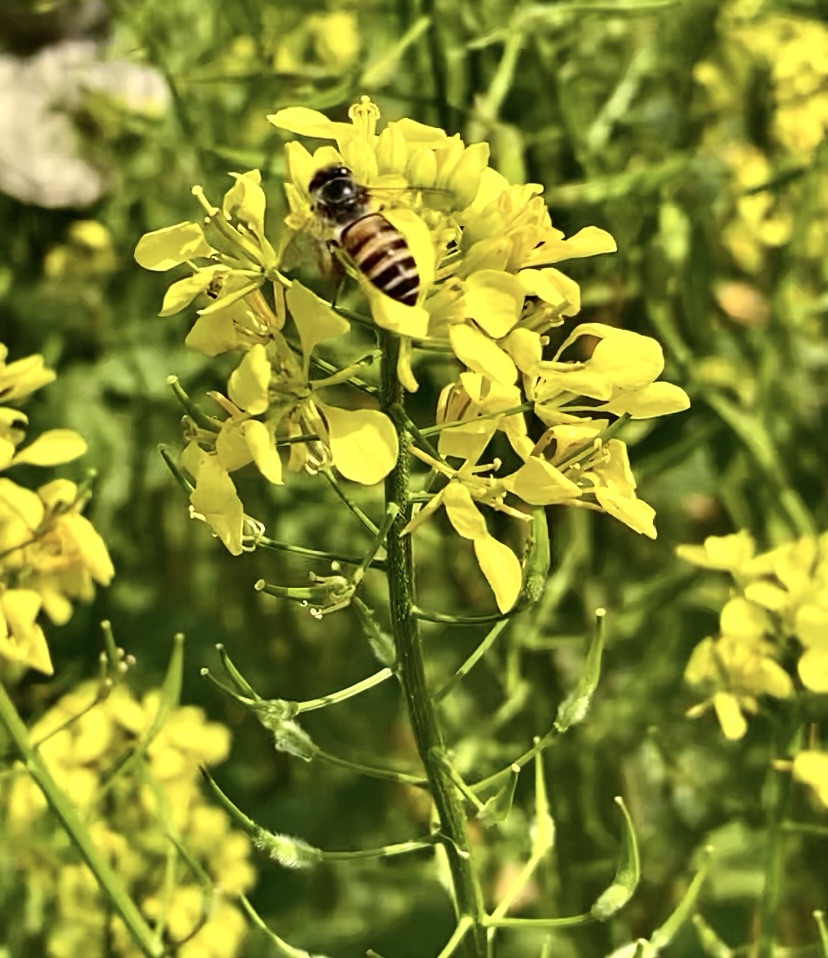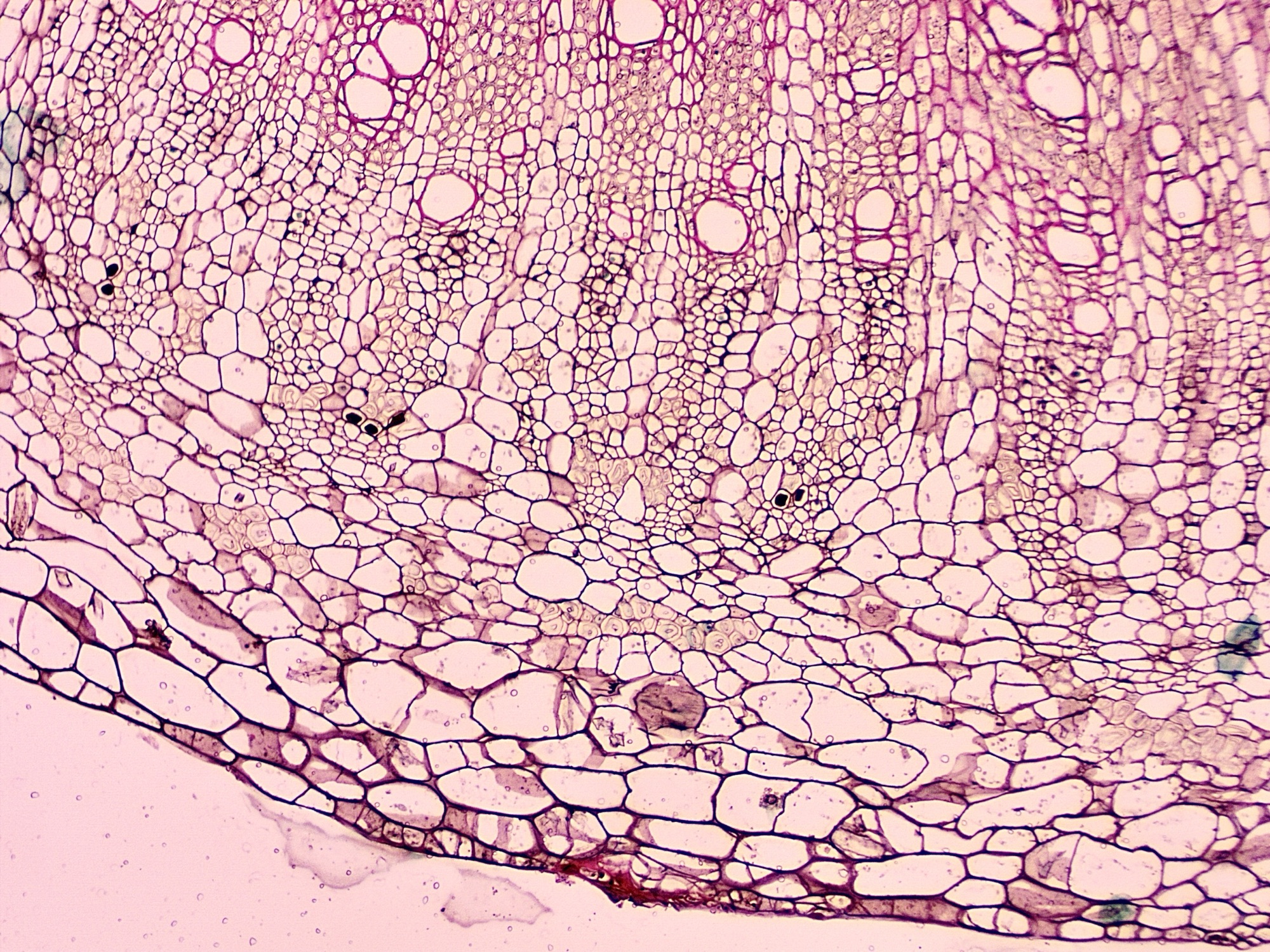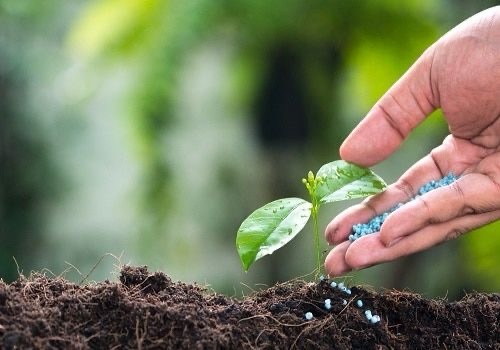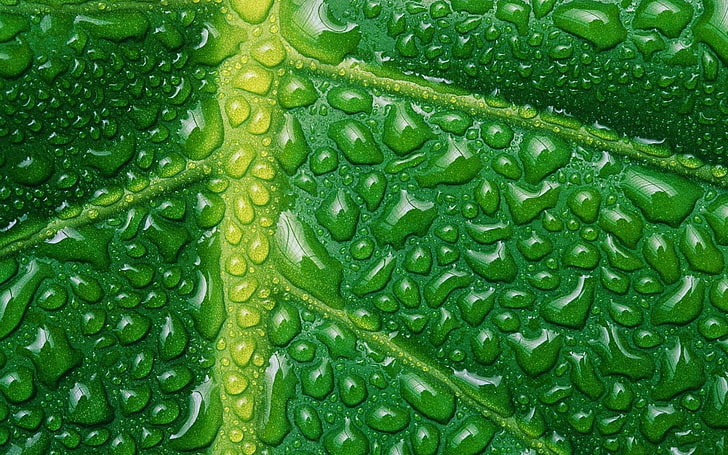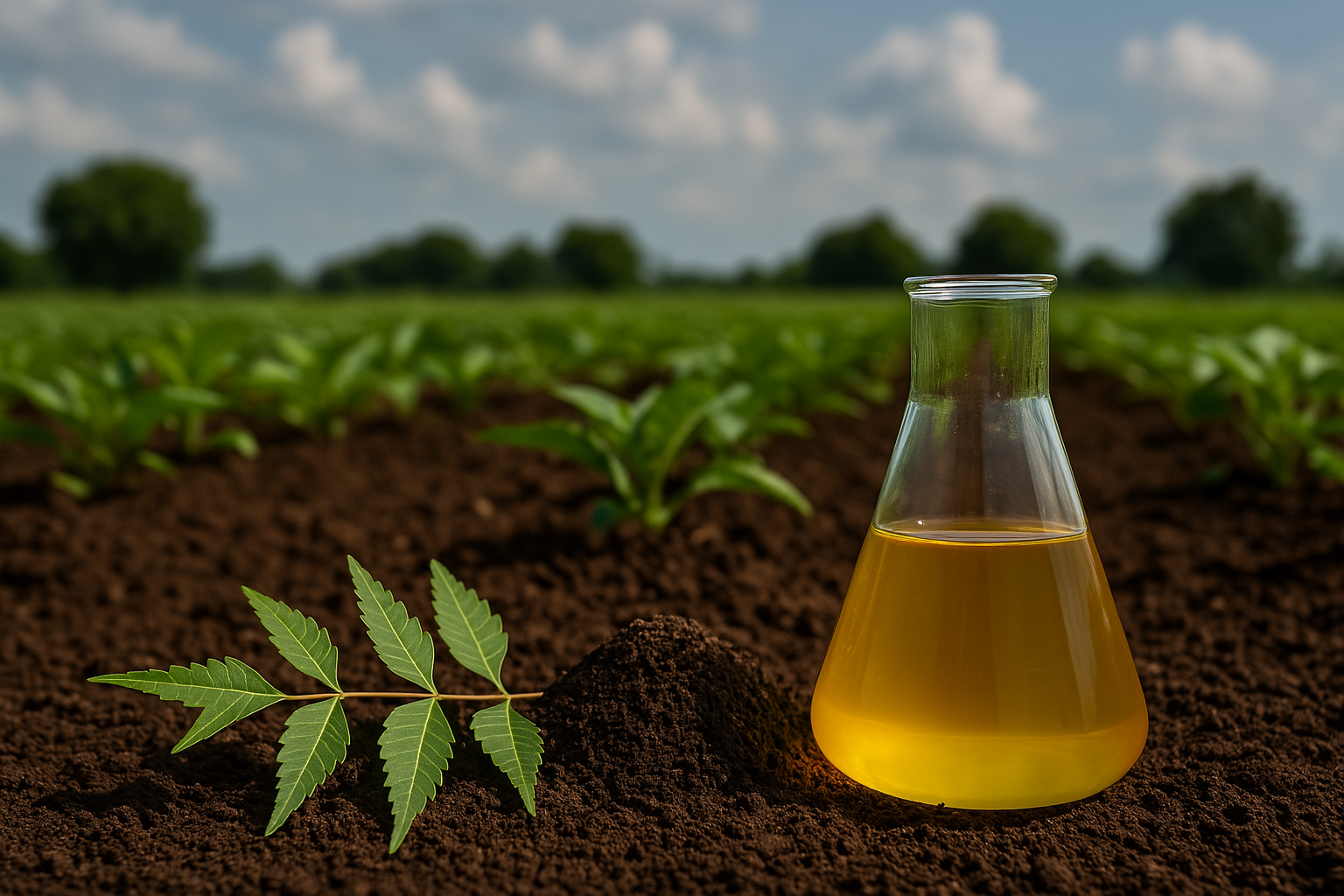The partnership between bees and flowers is one of nature’s most remarkable examples of mutualism. Flowers depend on bees to transfer pollen, a crucial step in plant reproduction, while bees rely on flowers as a primary source of food. Nectar provides carbohydrates for energy, and pollen serves as a vital source of protein and other nutrients for bees. This relationship has driven the evolution of countless plant and bee species, with flowers developing features like bright colors, sweet scents, and intricate shapes to attract bees, while bees have evolved specialized bodies and behaviors to access these rewards efficiently. The mutual dependency highlights the delicate balance of nature and the vital roles different organisms play in sustaining life on Earth.
Flowers and Their Need for Pollination
Pollination is a fundamental process in the life cycle of flowering plants, enabling them to produce seeds and fruit. While some plants self-pollinate or rely on abiotic factors like wind and water, the majority of flowering plants need animals for effective pollination. Bees are particularly efficient pollinators because they are deliberate in their search for nectar and tend to focus on flowers of the same species during a single foraging trip, which increases the likelihood of successful pollen transfer. This behavior, known as “flower constancy,” ensures that the genetic material reaches the correct species, maximizing reproductive success. Without pollination, many plants would fail to reproduce, leading to severe ecological and agricultural consequences.
Bees’ Unique Adaptations for Pollination
Bees are perfectly adapted to their role as pollinators. Their fuzzy, hairy bodies are excellent at trapping pollen grains, while their legs often have specialized structures, like pollen baskets, to store pollen during flight. Additionally, bees have an acute sense of smell and color vision that allows them to detect flowers efficiently. They can perceive ultraviolet light, revealing patterns on flowers invisible to the human eye, which guide them to nectar-rich areas. This unique anatomy and behavior make bees one of the most effective pollinators, ensuring the transfer of pollen between flowers and promoting genetic diversity, which is vital for the health and resilience of plant populations.
Bees’ Contribution to Agriculture
The contribution of bees to agriculture cannot be overstated. Approximately 75% of the world’s leading crops depend on animal pollination, with bees being the primary agents. Crops such as apples, almonds, melons, and tomatoes require bees for high-quality yields. The economic value of pollination services provided by bees is estimated to be in the billions of dollars annually. Beyond economic benefits, bees contribute to nutritional security by enabling the production of nutrient-rich foods. Without their assistance, many fruits and vegetables would become scarcer, more expensive, and less accessible, significantly impacting diets and food availability around the globe.
While honeybees receive much attention for their pollination services, wild bees also play a crucial role. Bumblebees, for instance, are especially effective in pollinating crops like tomatoes and blueberries through a process called buzz pollination, where they vibrate flowers to release pollen. Solitary bees, such as mason and leafcutter bees, often specialize in particular plants, enhancing the precision and efficiency of pollination. Wild bees are also more resilient to environmental changes in certain contexts, often pollinating flowers in areas where managed honeybee colonies cannot thrive. The diversity of wild bees ensures a robust and adaptable pollination network, which is essential for maintaining both agricultural productivity and ecological balance.
Bees as Keystone Species in Ecosystems
Bees are considered keystone species because their activities support entire ecosystems. By pollinating flowering plants, bees ensure the production of seeds and fruits that provide food for birds, mammals, and other insects. This process supports complex food webs, maintaining biodiversity and ecosystem stability. In addition, the presence of bees promotes plant diversity, which in turn supports a wider variety of organisms, from herbivores to predators. The disappearance of bees would not only disrupt plant reproduction but also have cascading effects throughout ecosystems, leading to the decline of many interdependent species.
Threats to Bee Populations
The survival of bees is threatened by numerous factors, including habitat loss due to urbanization and agricultural expansion, widespread use of pesticides, climate change, and the spread of diseases and parasites like the Varroa mite. Habitat destruction reduces the availability of nesting sites and food resources, while pesticides and herbicides harm bees directly or eliminate the wildflowers they depend on. Climate change alters flowering times and disrupts the synchronicity between bees and plants, further complicating their relationship. The decline in bee populations poses a significant risk to global ecosystems and food production, emphasizing the urgency of addressing these threats.
Conserving bees requires coordinated efforts at both local and global levels. Creating pollinator-friendly habitats by planting native flowers and reducing lawn areas can provide bees with essential resources. Sustainable agricultural practices, such as reducing pesticide use and promoting organic farming, are critical to protecting bee populations. Governments and organizations can also play a role by enacting policies to preserve natural habitats and support beekeepers. Community-driven initiatives, like urban beekeeping and citizen science projects, raise awareness and encourage public participation in conservation efforts. Protecting bees is not only about safeguarding a single species but about maintaining the health of entire ecosystems and the services they provide.
The Future of Bees and Their Role in Nature
The future of bees is closely tied to the health of ecosystems and human activities. Ensuring their survival requires addressing environmental challenges and fostering a deeper understanding of their ecological importance. Bees’ symbiotic relationship with flowers demonstrates the interconnectedness of all life forms, reminding us of the delicate balance necessary for the planet’s well-being. By protecting bees, we safeguard biodiversity, food security, and the intricate web of life that sustains us. Their survival is a testament to humanity’s commitment to preserving nature and securing a sustainable future for generations to come.
References
• Ollerton, J., Winfree, R., & Tarrant, S. (2011). How many flowering plants are pollinated by animals? Oikos, 120(3), 321–326. https://doi.org/10.1111/j.1600-0706.2010.18644.x
• Potts, S. G., et al. (2010). Global pollinator declines: Trends, impacts and drivers. Trends in Ecology & Evolution, 25(6), 345–353. https://doi.org/10.1016/j.tree.2010.01.007
• Klein, A. M., et al. (2007). Importance of pollinators in changing landscapes for world crops. Proceedings of the Royal Society B: Biological Sciences, 274(1608), 303–313. https://doi.org/10.1098/rspb.2006.3721
• Gallai, N., et al. (2009). Economic valuation of the vulnerability of world agriculture confronted with pollinator decline. Ecological Economics, 68(3), 810–821. https://doi.org/10.1016/j.ecolecon.2008.06.014
• Winfree, R., et al. (2008). Wild bee pollinators provide the majority of crop visitation across land-use gradients in New Jersey and Pennsylvania, USA. Journal of Applied Ecology, 45(3), 793–802. https://doi.org/10.1111/j.1365-2664.2007.01418.x
• Goulson, D., Nicholls, E., Botías, C., & Rotheray, E. L. (2015). Bee declines driven by combined stress from parasites, pesticides, and lack of flowers. Science, 347(6229), 1255957. https://doi.org/10.1126/science.1255957
• Vanbergen, A. J., & the Insect Pollinators Initiative. (2013). Threats to an ecosystem service: Pressures on pollinators. Frontiers in Ecology and the Environment, 11(5), 251–259. https://doi.org/10.1890/120126
• Garibaldi, L. A., et al. (2013). Wild pollinators enhance fruit set of crops regardless of honey bee abundance. Science, 339(6127), 1608–1611. https://doi.org/10.1126/science.1230200
• Ricketts, T. H., et al. (2008). Landscape effects on crop pollination services: Are there general patterns? Ecology Letters, 11(5), 499–515. https://doi.org/10.1111/j.1461-0248.2008.01157.x
• IPBES. (2016). Summary for policymakers of the assessment report on pollinators, pollination, and food production. Intergovernmental Science-Policy Platform on Biodiversity and Ecosystem Services.






